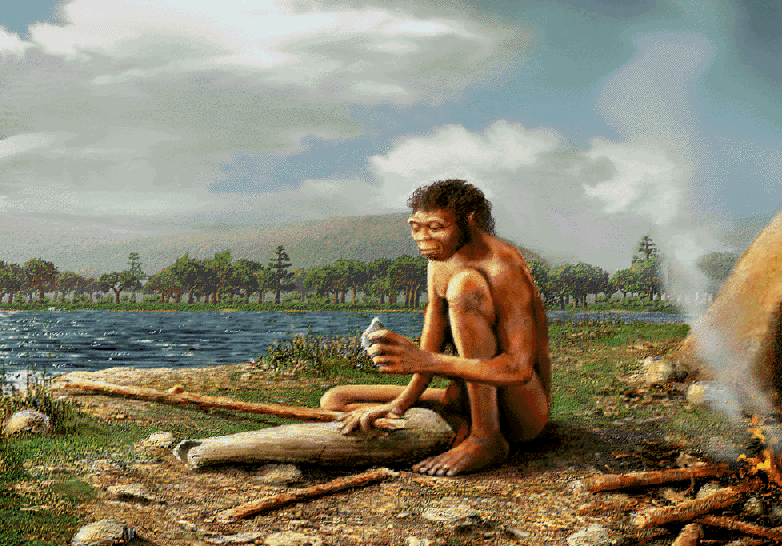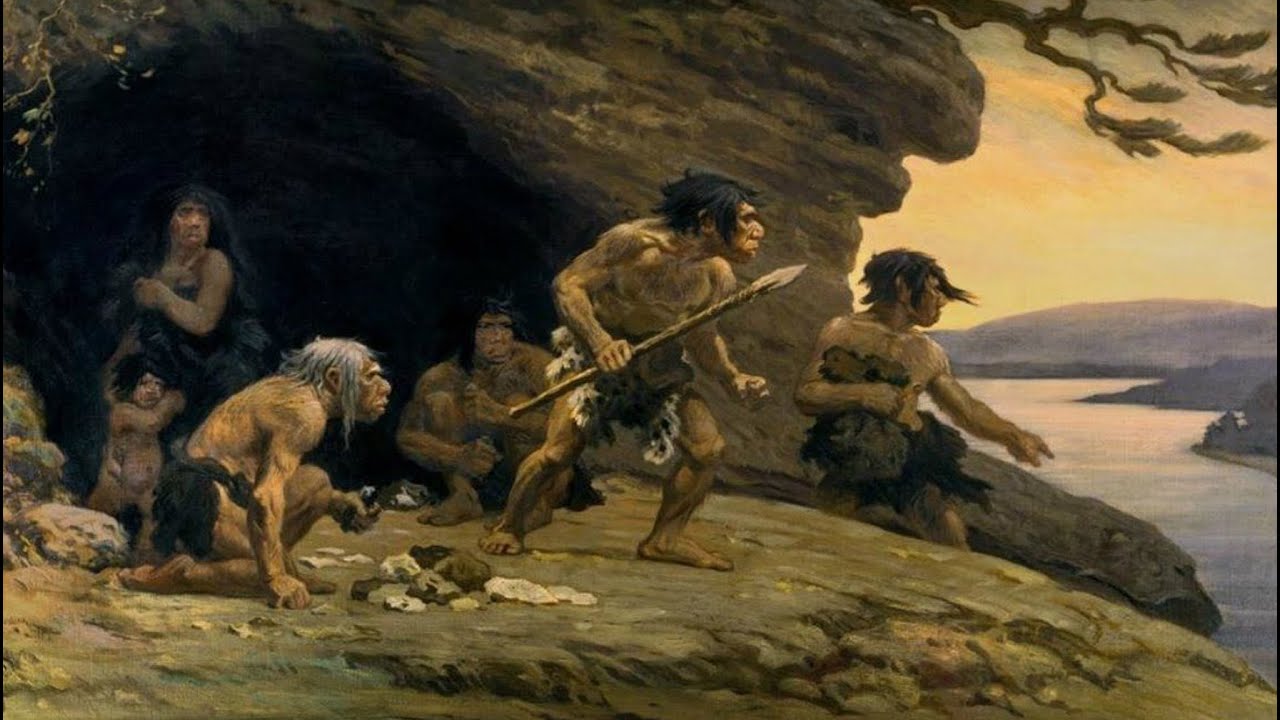Less than a million years ago, in a world full of lush forests, imposing mountains and endless deserts, for over 100.000 years a "humanity" that did not exceed 1.300 living beings lived and survived.
Sounds like the plot of an apocalyptic series. It is not. It is a reality that a recent research brought to light. This very long critical period may have played a fundamental role in the evolution of modern humans and their closest extinct relatives, the Neanderthals and the mysterious Denisovans. But what caused this drastic population decline and how has it affected the course of the future?
Genetic investigation into a turbulent past
In their relentless quest to understand our origins, scientists have examined the genomes of more than 3.150 modern humans from 10 African and 40 non-African populations. Using a new analytical tool they were able to deduce the size of the group that made up the ancestors of today's humanity.
The genetic data collected suggests that between 813.000 and 930.000 years ago, the ancestors of modern humans underwent an event that wiped out about 98,7% of its population able to reproduce. This phenomenon, known as "bottleneck", represents a period in which a population is reduced to a small number and then expands again. And this significantly influences genetic diversity.

Climate change and the struggle for survival
This dramatic population decline coincides with a period of terrible cooling that has led to the formation of glaciers, a decrease in ocean surface temperatures and, perhaps, long periods of drought in Africa and Eurasia.
However, the effects of these climate changes on humanity remain largely a mystery. Not the only one though. The scarcity of human fossils and artifacts from that period may be because the population was really so thin.
The evolution of humanity and the mystery of chromosomal "fusion".
The last common ancestor shared by modern humans, Neanderthals and Denisovans, lived approximately 765.000-550.000 years ago. Around the same time as the newly discovered “bottleneck”.
This suggests that humanity's near-extinction may have been somehow linked to the evolution of the last common ancestor of Neanderthals and Denisovans.
Again, between 900.000 and 740.000 years ago two ancient chromosomes fused to form what is now known as chromosome 2 in modern humans. This merger also coincides with the “bottleneck” period. This suggests that the near extinction of humans may have some connection to this important change in the human genome.
The future of this research and its implications on our knowledge of humanity's journey
This new analytical technique could be applied to other genomic data, such as that of Neanderthals and Denisovans, to reveal whether they also suffered major bottlenecks.
Understanding these critical periods in our evolutionary history could shed new light on the challenges our ancestors faced and how they shaped humanity as we know it today.


